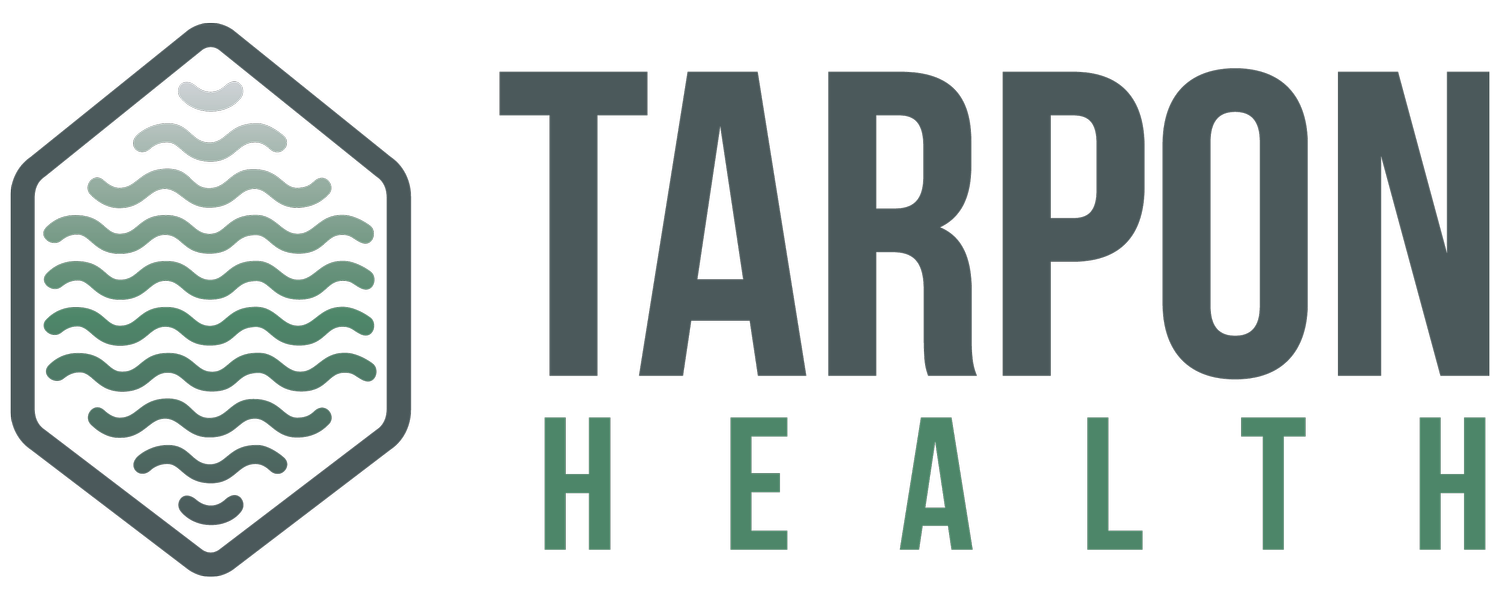The Automation Lifecycle
Automation can take your organization to new heights, reducing redundant activities in the revenue cycle management automation process, improving accuracy and efficiency, and freeing up time for your team to focus on more complex tasks that require human expertise. However, automation can also be overwhelming without a clear roadmap and strategy.
Inherent variations in the automation process can impede the success of your program and vastly slow development. A go-to, repeatable process is essential for overcoming roadblocks and achieving an effective automation program.
In the realm of automation, the automation lifecycle serves as a strategic guide, empowering teams to unravel project complexities. By streamlining development and enhancing efficiency, organizations can attain their automation goals. This guide will explore the automation lifecycle and how it can boost AI automation processes.
Role of the Automation Lifecycle:
In revenue cycle automation, the Automation Lifecycle plays a pivotal role in establishing the team's expectations, encouraging seamless collaboration, and aiding with solving the challenges of AI automation. It provides an easy-to-follow, repeatable list of steps, making implementing a new AI solution less complex and convoluted.
But what does the automation lifecycle look like in practice? Take robotic process automation (RPA) for example. A busy metropolitan hospital wants to utilize RPA to handle insurance eligibility verification. In the past, this task was done manually and took significant time and resources.
Implementing an RPA solution can be a headache. For example, one might worry about system integration or how to handle exceptions. Having a guide like the Automation Lifecycle can make all the difference.
Using the lifecycle, the hospital team can walk through each process step and ensure that all necessary components are in place before moving on to the next phase. This includes identifying the best processes for automation, creating a roadmap, selecting an RPA vendor, implementing and testing the solution, and monitoring and improving it over time.
The 5 Phases of Automation:
Let's delve into the five distinct phases that constitute the automation lifecycle. These phases are crucial for ensuring an organization's successful implementation and sustained efficiency of AI automation solutions.
Identify:
The Identify phase is the cornerstone of the automation lifecycle, setting the stage for the entire revenue cycle management automation process. It involves thoroughly analyzing the organization's existing processes to pinpoint those prime candidates for automation. Key aspects of this phase include:
It creates a pipeline of automation use cases by comprehensively screening the organization's operations.
The potential ROI and complexity of automating each process are estimated, providing a clear vision of the benefits to be gained and the challenges to be faced.
After this initial assessment, processes are prioritized based on their impact on the organization's overall functionality and the estimated ROI.
This systematic approach ensures that the organization embarks on the automation journey with a clear roadmap and a focus on those processes that will yield the most significant benefits.
Design:
The Design phase is where the actual conceptualization of the revenue cycle management automation process begins, pivoting from the theoretical to the practical. Key aspects of this phase include:
Formulating a robust and detailed technical design that outlines the automation's architecture. This acts as the blueprint for the subsequent development phase.
The design should be based on the analysis done during the Identify phase, ensuring that the automation is tailored to the precise needs of the processes identified.
At this stage, it's crucial to validate the inputs for the automation and ensure that they align with the system's technical capabilities.
After the design phase is completed, the project moves into the build phase. The design's practicality and functionality are tested as the theoretical becomes tangible. Because this is an iterative process, the build phase often uncovers areas in the design that need revising, underscoring the importance of flexibility and adaptability in this automation lifecycle.
Build:
The Build phase is where the theoretical design starts its journey towards reality. This phase encompasses the actual development and coding of the automation process, guided by the design blueprint. Key aspects of this phase include:
Constructing the automation following the technical design outlined is analogous to an architect translating a blueprint into a physical structure.
Ensure that the automation built aligns with the organization's existing systems and workflows. This compatibility is crucial for seamlessly integrating automation into the organization's operations.
Incorporating rigorous testing throughout the build process uncovers any bugs or inconsistencies early on. This iterative testing and refining approach helps ensure the successful functioning of the automation.
The conclusion of the build phase brings us one step closer to the actual implementation of the automation. It marks the transition to the next stage in the automation lifecycle automation lifecycle: the implementation phase.
Test:
The Test phase, following the Build phase, is an integral stage in the Automation Lifecycle. Its primary purpose is to validate the functionality and reliability of the built automation before its actual deployment. This phase encompasses several critical aspects:
Unit Testing: Each automation component is tested independently to ensure it operates as expected.
Integration testing: After unit testing, the components are integrated and tested as a whole system to identify any inconsistencies or issues that may arise during interaction.
Performance testing evaluates the effectiveness and speed of automation under varying loads. It helps detect performance-related bottlenecks that could hinder the process's efficiency.
User Acceptance Testing (UAT): End-users test the system to validate if it meets their needs and requirements. UAT is the final check before the automation goes live.
The Test phase allows any necessary adjustments, ensuring the automation is robust, reliable, and user-friendly before moving into the implementation phase of the automation lifecycle.
Maintain:
The Maintenance phase is the final stage in the automation lifecycle. Continuous maintenance becomes crucial to ensure its longevity and efficiency once the automation system is fully operational. This phase involves routine monitoring and auditing of the automation to track its performance, accompanied by regular updates and improvements as required.
The maintenance phase includes training end users and addressing any issues or roadblocks they may encounter. This stage involves periodic assessments and revisions to keep the automation system accurate, reliable, and in sync with changing business needs and technological advancements.
The maintenance phase ensures the automation's sustained success and adds value to the organization.
Encouraging Success with the Automation Lifecycle:
In a healthcare setting, Tarpon's Automation Lifecycle can be utilized to encourage success in revenue cycle management automation with AI implementation. The cycle's different phases can address common challenges and ensure a smooth and efficient transition to automation.
Here's how the Automation Lifecycle encourages success:
Provides a Seamless, Structured Approach:
Taking a systematic approach to AI implementation empowers tackling challenges head-on at every phase. Revenue cycle management automation means proactively addressing potential bottlenecks like data quality and system compatibility before implementing and testing.
Not only does this save valuable time, but it also mitigates the risk of encountering significant hurdles down the road.
Embracing an automation lifecycle for AI implementation fosters a culture of continuous improvement. As new challenges emerge and technology evolves, healthcare organizations can leverage this framework to assess their existing processes and drive necessary enhancements.
Recognizes Potential Problems Early:
The automation lifecycle focuses on identification and design in the early phases. This provides plenty of bandwidth to identify and troubleshoot potential problems early, speeding up the development process and reducing automation costs.
The lifecycle encourages organizations to comprehensively audit their current technology, workflows, and systems before implementing AI. Through this, staff can readily identify redundant processes, assess the most inefficient ones, and create a precise cost analysis to justify automation investment.
Highly Iterative and Adaptable:
In the 'Maintain' phase, the revenue cycle management automation lifecycle helps organizations review and improve their initial automation solution. This includes regular algorithm updates to optimize performance and address potential data input or processing errors.
The automation lifecycle is designed to assist organizations in evolving with technology. As AI advances rapidly, the lifecycle provides a framework for staying updated and leveraging associated benefits.
The revenue cycle management automation lifecycle provides a comprehensive framework for implementing AI in healthcare, covering all stages from planning to continuous improvement. It ensures efficient and accurate automation solutions that align with workflows and user needs.
At Tarpon Health, you can access an almost endless library of automation and revenue management resources to assist in your journey. If you're serious about elevating your healthcare practice, get started now by getting in contact today.

